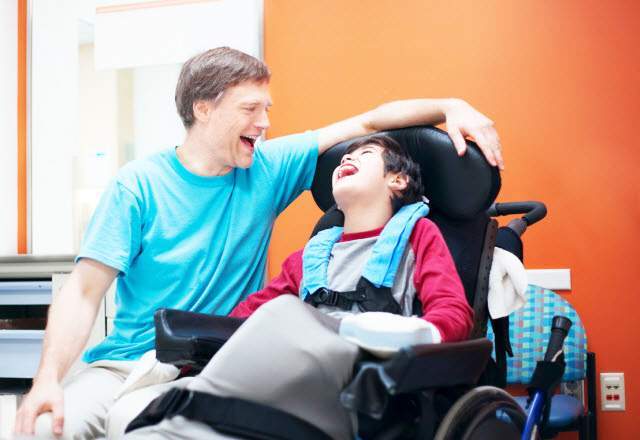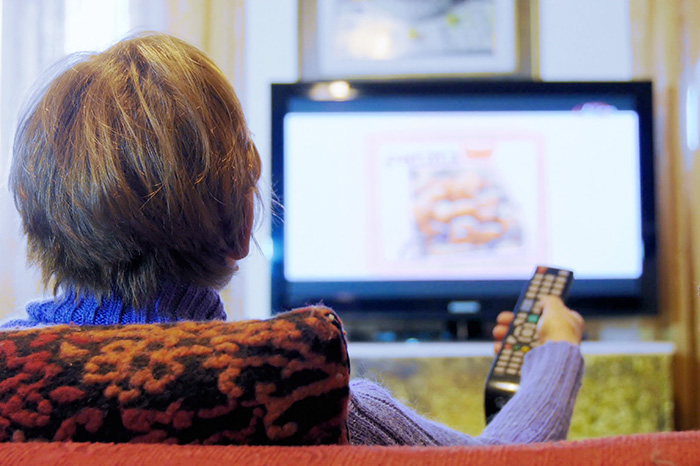Cerebral palsy or CP stands as a group of permanent movement disorders that appear in early childhood. It involves problems in speech, vision, hearing, swallowing, and sensation. In babies, cerebral palsy prevent them from rolling over, crawling, sitting, and walking as early as other children with their age. Also, one-third of people with cerebral palsy have impaired thinking or reasoning abilities. Some of them also have seizure episodes.
Incidence
According to Centers for Disease Control and Prevention, cerebral palsy is the most common movement disability in children. As per the publication, population-based studies across the globe reveals prevalence of between 1.5 to over 4 per 1,000 live births or children of a certain age range. Also, about one in 323 children has been identified with cerebral palsy, as per estimates from the Autism and Developmental Disabilities Monitoring Network or ADDM.
Signs and Symptoms
According to My Child at Cerebral Palsy, a child with the disease condition have muscles that do not coordinate together, resulting to improper muscle tone. This means that muscle groups like the arms muscles may both relax and contract at the same time, leading to limitations in movement and coordination. The overrelaxed trunk muscles also makes it difficult for the person to maintain a tight core, which results to an impaired posture and the inability to sit, move from sitting to standing position, or stand.
Coordination and control are affected in people with cerebral palsy. In fact, the presentation of such symptoms may vary, which include spastic movements, or hypertonic movements in which the muscles are too tight, resulting to muscle spasms; athetoid or dyskinetic movements, fluctuating muscle tone leading to uncontrolled, slow, writhing movements; ataxic movements, which make putting keys into slots, tying shoes, buttoning shirts, and brushing teeth difficult; mixed movements, a combination of spastic and athetoid movements; and gait disturbances, which affect walking.
Gross and fine motor functions are also impaired in people with cerebral palsy. The gross motor functions include rolling, sitting up, crawling, standing, walking, and balancing, which should be monitored when a baby reaches the milestone as well as the quality of movement. On the other hand, the fine motor function development includes grasping small objects, holding objects between thumb and forefinger, setting objects down gently, using crayons, and turning pages in a book.
In cerebral palsy, a person may also have difficulties in using the jaw, lips, and tongue in speaking, swallowing, feeding or chewing, and drooling. In fact, the condition can also affect the lungs, particularly the muscles used in breathing, which also take part in proper speech patterns. Since the facial and throat muscles are also affected, the person with cerebral palsy may not pronounce syllables and words correctly. Due to the impaired chewing and swallowing abilities, feeding difficulties may also be a concern in children and adults with cerebral palsy.
Symptoms may be more noticeable over the first few years of life, with underlying problems not worsening over time.
Treatment
The goals of treatment for cerebral palsy center on maximizing the person’s physical strength and abilities, improving the quality of life, and preventing complications, as per Web MD.
According to the publication, the treatment for cerebral palsy includes physical therapy, which helps the child’s movement, coordination, and balance, and prevent surgery; devices and equipment, such as splints, casts, and braces; and medications that help control some of the symptoms of the condition.
Medications for cerebral palsy are antispasmodics or muscle relaxants like Baclofen, Botulinum toxin, and Diazepam, which are used to relax tight muscles and reduce muscle spasms. On the other hand, anticonvulsants like Lamotrigine and Oxcarbazepine prevent or control seizures. Also, anticholinergics like Benztropine and Glycopyrrolate can help patients who have frequent drooling.
Surgery is another management line in advanced cases that present severe problems. Orthopedic surgery is an option to increase the person’s range of motion. This may involve lengthening a tendon, cutting through muscles or tendons, or attaching a tendon to another part of a bone. Selective dorsal rhizotomy can also be done for contracture or other movement problems. It is considered for children who have severe leg muscle tightness.
In line with coping with cerebral palsy and monitoring the condition, it is important to visit one’s doctor regularly.








